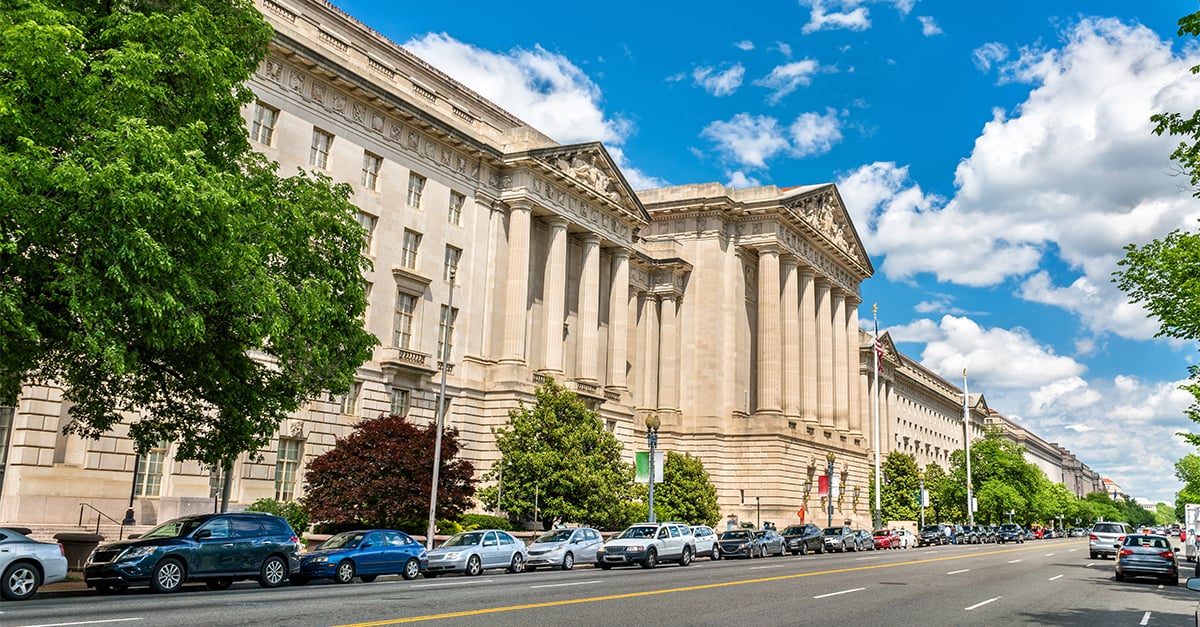
Recent Developments in U.S. EPA’s Hydrofluorocarbon Phasedown

There have been several recent developments in enforcement, litigation, and regulatory implementation of the U.S. Environmental Protection Agency (EPA) phasedown of hydrofluorocarbons (HFCs).
On September 6, 2024, EPA issued an enforcement alert to address illegal imports of HFCs, which comes roughly one year after EPA added the illegal sale, use, importation, and production of HFCs as a National Enforcement and Compliance Initiative. The enforcement alert is significant because EPA issues such alerts only if it is noticing increased noncompliance. According to EPA, the alert “provides information on common compliance issues observed with the importation of bulk HFCs and highlights recent civil and criminal enforcement actions.”
Congress instructed EPA to phase down HFCs under the American Innovation and Manufacturing (AIM) Act of 2020. The AIM Act mandates the phasedown of certain HFCs by 85% of their historical baseline by 2036. The act authorizes EPA to address HFCs through three main mechanisms: phasing down the production and consumption of listed HFCs, managing HFCs and their substitutes, and facilitating the transition to new technologies that use alternatives to traditional HFCs through sector-specific regulatory restrictions. EPA issued the initial AIM Act implementing regulations, codified in a new Part 84 of Title 40 of the Code of Federal Regulations, in October 2021.
Over the past few years EPA has taken steps in furtherance of a global phasedown of HFCs, including but not limited to supplemental rulemakings. Most recently, EPA has reopened the public comment period for a supplemental proposed rule addressing a narrow provision of EPA’s HFC Technology Transitions rule, which restricted the use of HFCs in specific sectors, established a process for submitting technology transitions petitions, and set recordkeeping and reporting requirements with varying deadlines beginning in January 2025.
Notably, the HFC Technology Transitions rule, published October 24, 2023, established the underlying restrictions on the manufacture, import, distribution, sale, and installation of HFCs with higher global warming potential in new aerosol, foam, refrigeration, air conditioning, and heat pump products and equipment on a staggered schedule. The open proposed rule proposes to extend only one installation deadline — that is, the deadline for certain new residential and light commercial air conditioning and heat pump variable refrigerant flow systems. EPA states that the purpose of the proposed rule is to ensure that builders are not left with stranded inventory from delays between the purchase of such systems and their incorporation during construction. Public comments on the proposed rule are due September 26, 2024.
On the litigation front, oral arguments in a challenge to EPA’s Technology Transitions rule were held before the D.C. Circuit on September 12, 2024. Grocery stores and food and beverage retailers challenged the rule, arguing that it forces the food-refrigeration sector to transition away from HFCs too quickly, potentially causing “catastrophic” results that will “disrupt entire communities” with unsanitary food and store closures. Food Marketplace, Inc.; the American Frozen Food Institute; and the National Grocers Association originally filed the lawsuit in December 2023 in Food Marketplace, Inc. (FMI), et al., v. EPA.
The global phasedown of HFCs is a multipronged process. Recent U.S. developments show that not only is the refinement of the refrigerants regulation likely to continue but enforcement of these rules may start picking up, just as litigation of the rules moves through the courts.
This post is as of the posting date stated above. Sidley Austin LLP assumes no duty to update this post or post about any subsequent developments having a bearing on this post.


